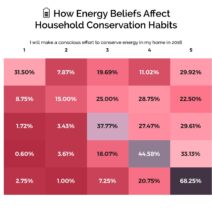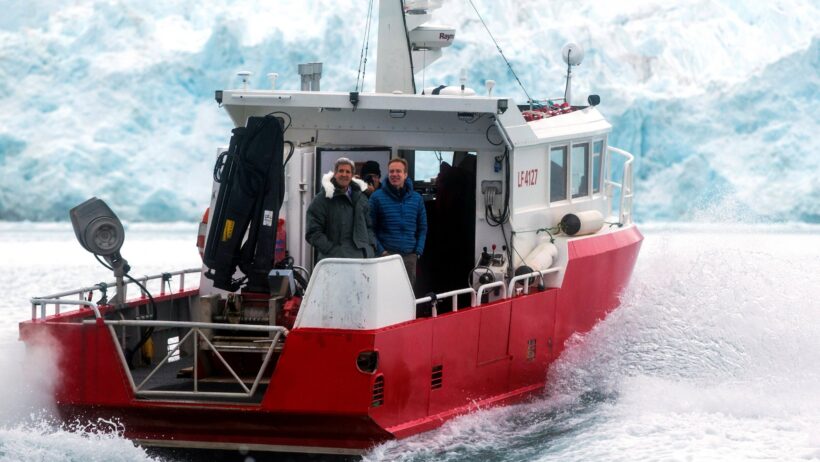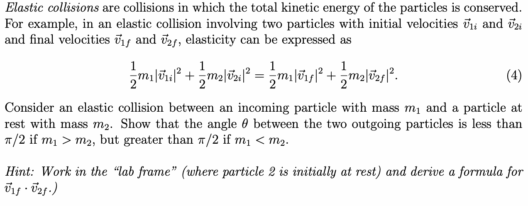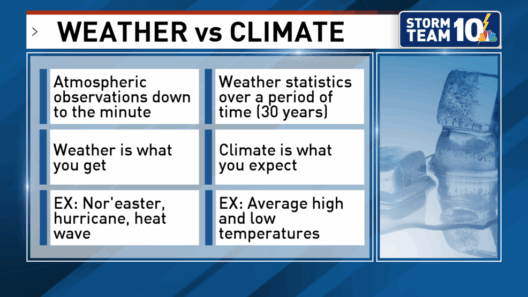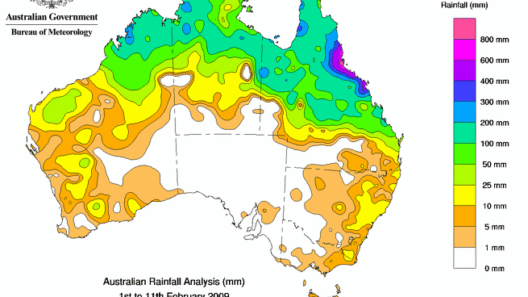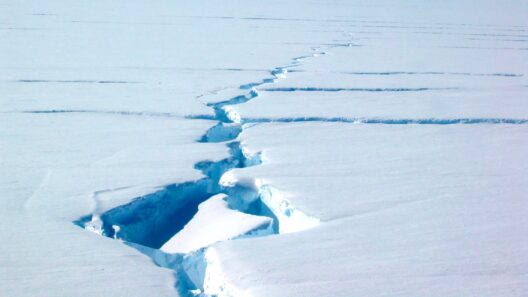Humanity has often reveled in its ingenuity, crafting a world driven by industry, innovation, and technology. Yet, as we bask in the glow of modern advancements, a pressing question looms: how have humans profoundly impacted climate change, and can we truly reverse the consequences? This inquiry invites us to grasp the full scope of our actions and their repercussions on the planet.
Before delving deep into the conundrums of ecological degradation, it is essential to sketch the historical timeline of humanity’s influence on climate. Our journey begins with the dawn of the Industrial Revolution in the late 18th century, a period that illuminated the potential of mechanized production. But while economies surged, the environment bore the brunt of unchecked exploitation.
Let’s embark on an exploration of the pivotal ways in which human activities have contributed to climate change through various phases of history.
From Agriculture to Industrialization: The Inception of Human Impact
It is vital to recognize that human interaction with the environment extends back thousands of years, but significant alterations began with the advent of agriculture. As early as 8000 B.C.E., humanity shifted from a nomadic lifestyle to settled farming, resulting in deforestation and land conversion. This transition facilitated the growth of civilizations but also initiated a cycle of ecological disturbance.
Fast forward to the late 1700s: coal became the lifeblood of burgeoning industries. The widespread use of fossil fuels marked a watershed moment in which carbon emissions surged exponentially. The burning of coal, oil, and gas releases vast amounts of greenhouse gases (GHGs) such as carbon dioxide and methane into the atmosphere. These emissions trap heat, leading to a gradual rise in global temperatures, an occurrence scientifically acknowledged as global warming.
Enormous Footprints: Transportation and Urbanization
As urban centers mushroomed in the 19th and 20th centuries, the landscape morphed into a showcase of human ambition and achievement. However, with this spike in population density came an uptick in energy consumption and waste production.
Transportation, a cornerstone of modern society, now relies heavily on fossil fuels, contributing significantly to atmospheric GHG concentrations. Think about it: every time you hop into a car, board a plane, or load a freight ship, you add to a collective carbon footprint that reshapes the climate.
Urbanization itself plays a dual role. Cities create a “heat island” effect, amplifying temperatures in metropolitan areas compared to rural surroundings. This phenomenon is exacerbated by the multitude of buildings, vehicles, and industrial facilities that continuously emit heat and pollutants, further intensifying climate impacts.
Consumption and Waste: The Modern Dilemma
Moreover, the age of consumerism has unleashed a tidal wave of waste, much of which is detrimental to our ecosystems. Plastics, electronics, and food waste contribute to pollution that not only harms local environments but also generates potent greenhouse gases when decomposed.
The modern obsession with convenience underlines a critical paradox: while technology connects us, it also fosters a linear economy that exploits resources unsustainably. A systemic overhaul is necessary, steering consumers toward sustainable practices, and challenging industries to adopt circular economy principles.
Can we reorient our systems to mitigate climate change, or is this challenge insurmountable? As daunting as it may seem, change often requires collective action driven by informed choices.
What Lies Ahead: Innovations for a Sustainable Future?
The good news is that the march toward sustainability is already underway. Innovations in renewable energy technologies, such as solar, wind, and hydropower, present promising alternatives to fossil fuels. Collectively, these energy sources offer solutions that do more than just reduce carbon footprints; they also provide economic opportunities and enhance energy security.
Moreover, conservation agriculture and sustainable practices can revitalize degraded landscapes, help restore ecosystems, and bolster biodiversity. Efforts such as reforestation and habitat preservation tip the balance back toward ecological harmony, reducing atmospheric carbon while promoting resilience against climate change.
For every challenge posed by humanity’s previous actions, there exists an opportunity for recovery and growth. The potential to pivot from destructive patterns toward regenerative practices can redefine our future. Nevertheless, this requires not only innovation but also an evolved mindset where community, responsibility, and sustainability take precedence over convenience and expansion.
The Collective Responsibility: Engaging in Change
Ultimately, the path to reversing the effects of climate change rests in our collective conscience. Individuals, communities, industries, and governments must foster collaboration to implement sustainable solutions. Grassroots movements are burgeoning, aimed at creating awareness and instilling habits that prioritize ecological welfare.
As we ponder the magnitude of human impact on climate change, let us channel our ingenuity toward solutions rather than contributing to a bleak narrative. This era presents a distinct opportunity to engage, educate, and elevate our understanding of the interconnectedness of all life on Earth. A playful question to consider is: if our collective human choices shaped this climate crisis, what astounding transformations could arise from united efforts to mend it?
In conclusion, the historical trajectory of human influence on climate change presents both a cautionary tale and an avenue for redemption. By recognizing our role and taking proactive steps, we can steer the future toward a more sustainable existence for generations to come.

